Pictures tell. "The guard"
The thick candle in it was barely flickering.
Throaty walked executioners in her,
Shameless boasting craft.
Bosch winked at me: “We came, they say,
Do not hit the glass, do not squeeze the maid
And on a primed board on a plane
Settle everyone in salting or scrap. ”
He sat in the corner, squinted and began:
He flattened his nose, his ears increased,
He treated everyone and twisted
Their baseness is forever marked.
And the feast in the tavern was in full swing.
Bastards, laughing and joking,
They did not know what promised them shame and grief
This painting of the Last Judgment.
Pavel Antokolsky. Jerome Bosch
Military affairs at the turn of the eras. There is a beautiful old building with a turret in Penza. In the past it was the building of the Peasant Land Bank, then some Soviet institutions, but in the end it housed an art gallery named after K. A. Savitsky, a famous artist, our fellow countryman. This building was just perfect for an art gallery, and note that the selection of paintings in it is very interesting and worthy. I was taken to it from childhood, then I drove my students into it myself and always glanced at a small canvas in the hall of Western European painting: “Game” (there are variants of the name, for example, one of them “Knights for a game of dice”) Swebach Jean Francois Joseph (pseudonym De Fontaine).
The fact is that as a child I was most attracted to battle canvases, and with them in our gallery I’m not very happy, so I admired the warriors depicted on it on the principle of a black sheep’s wool. Later I was attracted to it by the realism of the image. After all, the canvas is small in size, but how accurately it shows the smallest details of the costumes. In fact, it can be used quite well as an illustration for an article, well, say, about the same Reiters or Cuirassiers.
Although there is one “but”. The author himself lived a little later than the era for which the costumes he painted were typical. That is, he worked according to some artistic sources, and did not write from life. But there are examples of material culture - clothes and armor, which, firstly, confirm everything that he painted, and secondly, after all, there were other artists who painted their paintings in the XNUMXth century and he could well redraw something them.
And here we come close to one very interesting topic. So picturesque canvases can serve historical sources? And the answer will be this: some canvases, others not. And others can only partially. For example, the painting “Surrender of Delirium” or “Spears” (the second name is due to the fact that there are really a lot of copies on the canvas!) Diego Velazquez, painted by him in 1634-1635, may well. Since it depicts the event that took place on June 5, 1625, when the governor of the Dutch city of Breda, Justin Nassau, handed over the keys to it to the commander-in-chief of the Spanish army Ambrosio Spinole. That is, from the moment of the event to the moment of its reflection on the canvas only ten years have passed and during this time neither fashion nor military art have changed.
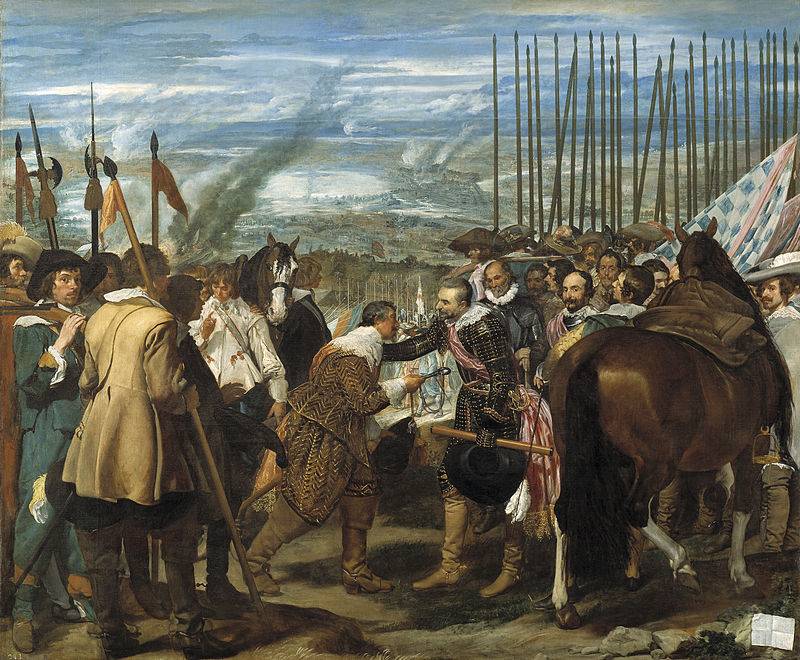
And here is the picture “Morning on the Kulikovo Field” A.P. Bubnova - no. And not even because he was not a contemporary of this event. Just an armed rabble depicted on it could not have become the force that defeated the army of Mamaia. And if the prince himself fought with the "filthy", being dressed in the armor of an ordinary combatant (as there are written reports), then ... does it need to be said that soldiers in torn chain mail and without helmets could not stand in the front rows at all, even if any in our army and were present. It was just that there was such a political trend, reflected, for example, in the film “Alexander Nevsky” (and even in the film “Treasure Island”, also in 1938), where it was shown how bastard muzhiks beat German knight dogs with a dragonfly.
Also very peculiar is the painting by I. S. Glazunov “The Battle on the Maiden Field”. To armor and arms There are no complaints, but the tactics of the then battle depicted by him on the canvas can cause nothing but laughter.
Now in VO there is a series of articles about warriors and armor of military affairs at the turn of the era, so it makes sense to get acquainted with at least some of the paintings that can serve us as sources of information on this topic. One of these artists was David Teniers the Younger (1610 - 1690), who painted the painting “The Sentry” in 1642, in which he was talentedly merged into a military still life, genre scene, landscape with figures. In the foreground we see just a luxurious still life of knightly armor, weapons, flags, a drum, a trumpet, and timpani. Well, the panoramic landscape shows us the scene of a siege of a fortress standing on the seashore.
Further, we see that the scene of the action is a guardroom, possibly a temporary barracks room. In it are two cavalry officers girded with scarves, and a cavalry soldier who puts on his over the knee boots to step in, as well as several foot soldiers. Clothing does not represent their interest, which cannot be said about the weapons depicted here. For example, this is a sword with a trihedral blade, expanding to the hilt. What's so unusual? But the fact is that for a long time it was believed that such blades spread only in the last quarter of the XNUMXth century. The fact is that the Italian fencing school dominated in Europe for a long time. The main desk of this school was the front. At the same time, fencers held the sword in their right hand, and in their left - a fending dagger.
Then it was replaced by a French school, considered more progressive. Its founders changed the swordsman’s stance and turned him to the opponent sideways, thereby reducing the body area that his opponent could hit. The dagger in his left hand was no longer needed. But now it was necessary to strongly strengthen the sword blade at the hilt, which led to the fact that the blades at the swords became trihedral. And just then, the Teniers painting made it possible to prove that the first samples of such swords began to be used about thirty years earlier than was commonly believed before it was studied.
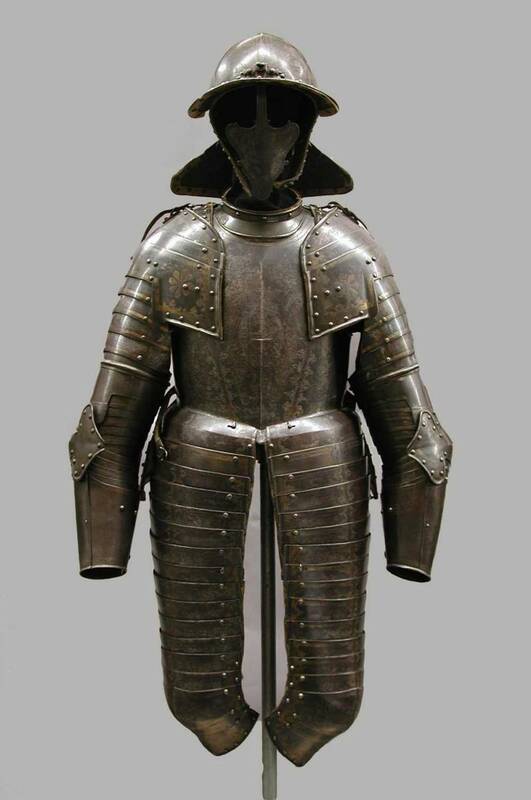
Photographed accurately Teniers and firearms. For example, in his “still life” you can see a pistol and a musket (we don’t see a second pistol of the same type, which was supposed to be part of the dragoon’s headset, it’s quite possible that they simply filled up with weapons. Instead, another small pistol is painted. So he showed, for example, that the lock regiments on them are closed, and the triggers are on a safety platoon, as is required when storing a loaded weapon of this system.
And he did not even forget about such a detail as a screwdriver, which is depicted tied to a trigger bracket by a gun and which was used to clamp pyrite in a trigger. And next to the wheeled gun lies the key to it - the repair shop necessary to tighten the wheel spring. So on the musket, the lock is no longer wheel-mounted, but a percussion with an S-shaped serpentine in the back of the keypad. Such a castle was called French due to the fact that its royal inventor is the French royal artist and gunsmith Maren le Bourgeois (1550 - 1634).
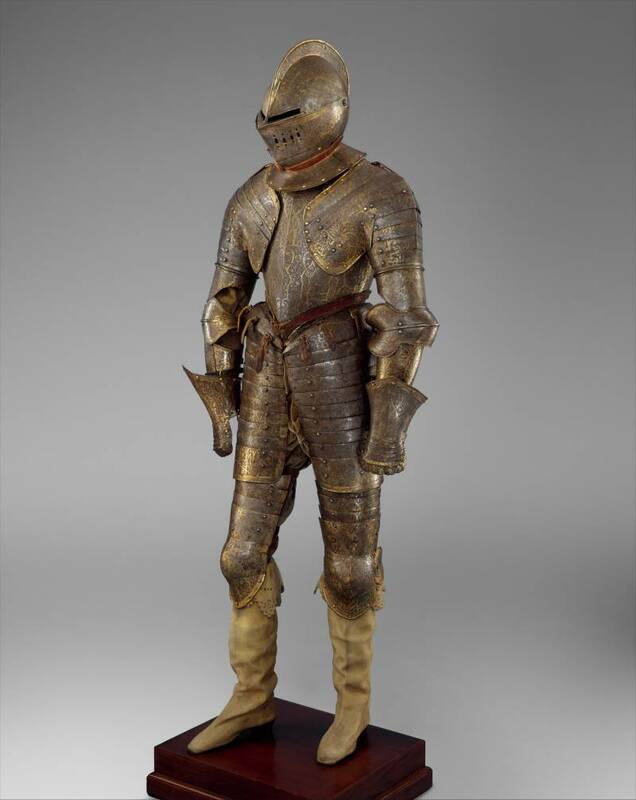
And if in 1642 a musket with such a castle ended up in some godforsaken guardhouse in the arsenal of an ordinary dragoon, then this can only be said about one thing, namely, by that time it was shock locks in muskets that were very widespread, and displaced wick locks. But in the cavalry, castles continued to be used as before!
In addition, we see among the heap of weapons standing black cuirassier armor and a lying polished cuirass, as well as a bourguignot helmet, plate gloves, spurs, and a mint - which has become a popular light cavalry weapon, and a saber that looks like a Polish shipbuilder! That is, riders of light cavalry should also have been in this guard, because the cuirassiers did not use sabers and did not wear minting!
That’s how much, it turns out, the study of one single picture can provide if it is written competently and if the researchers carefully understand its details!
To be continued ...
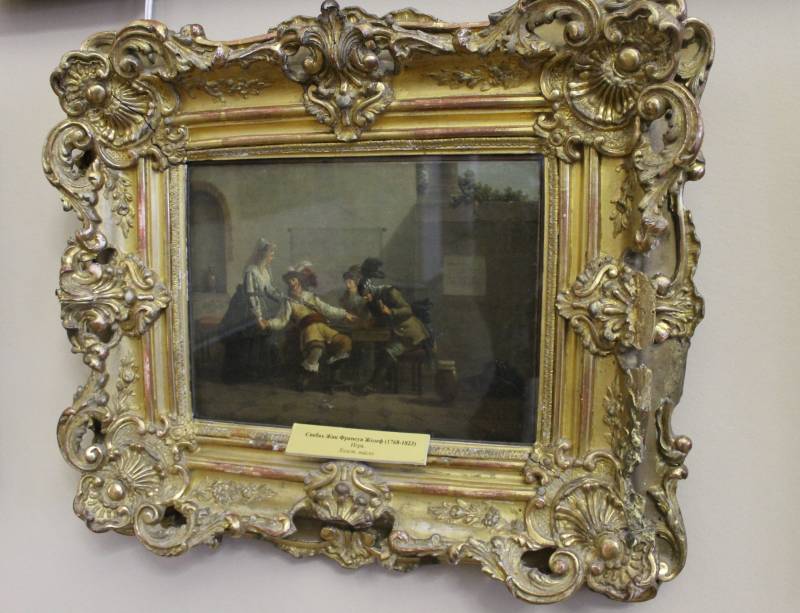
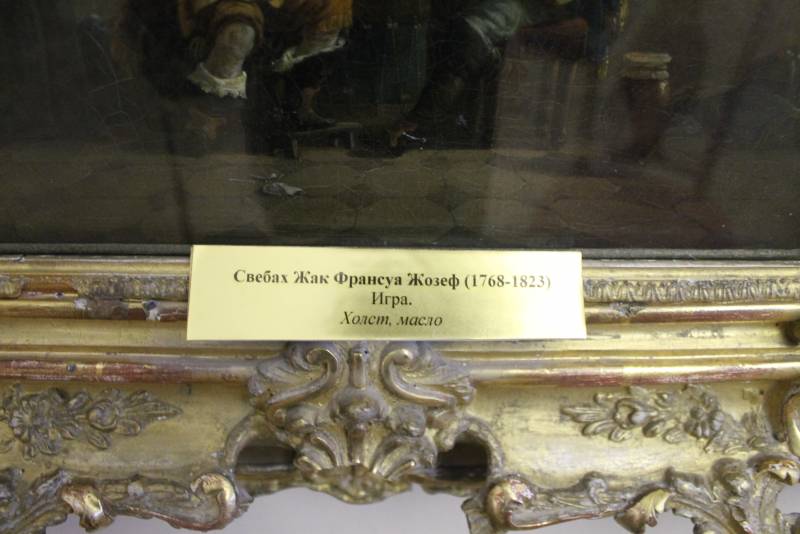
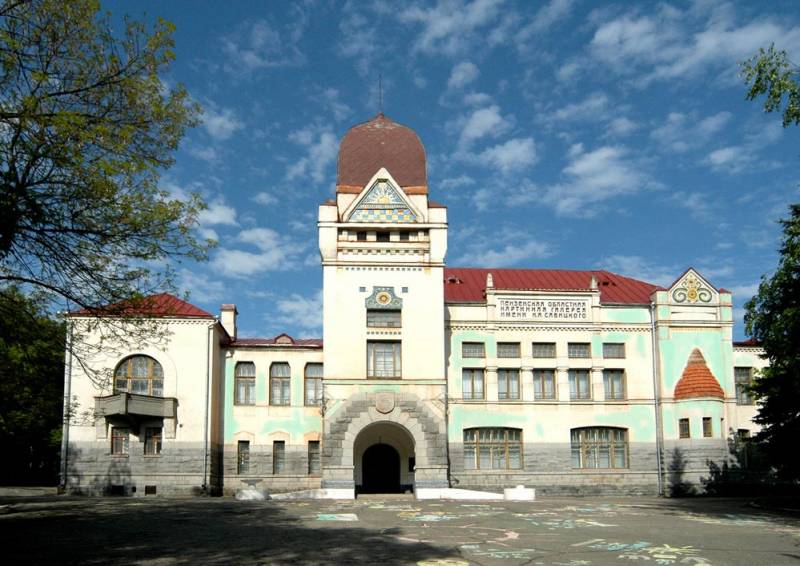
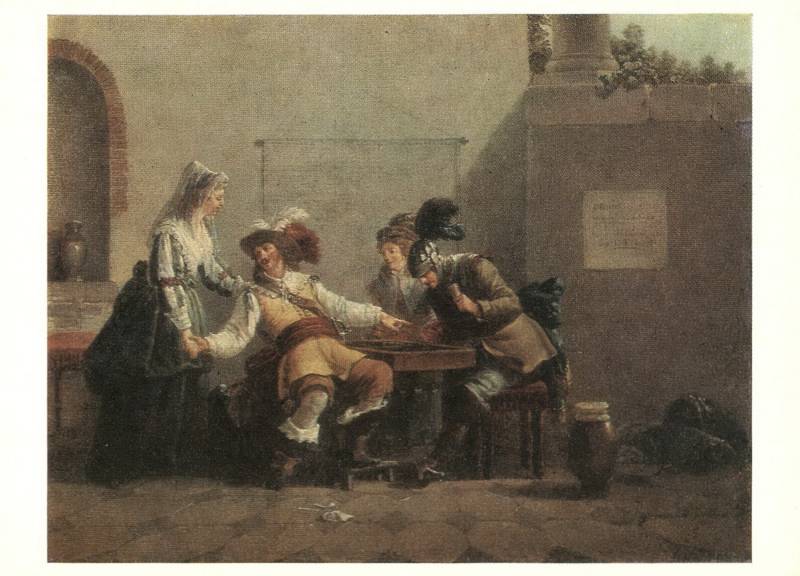
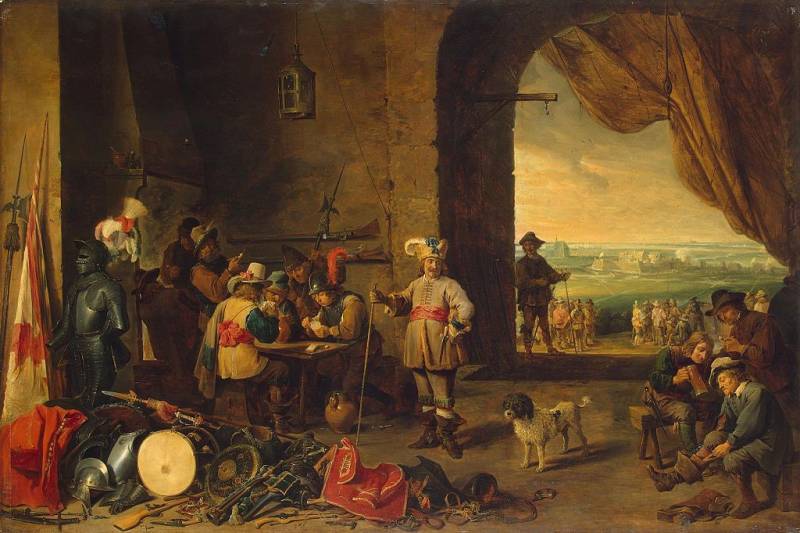
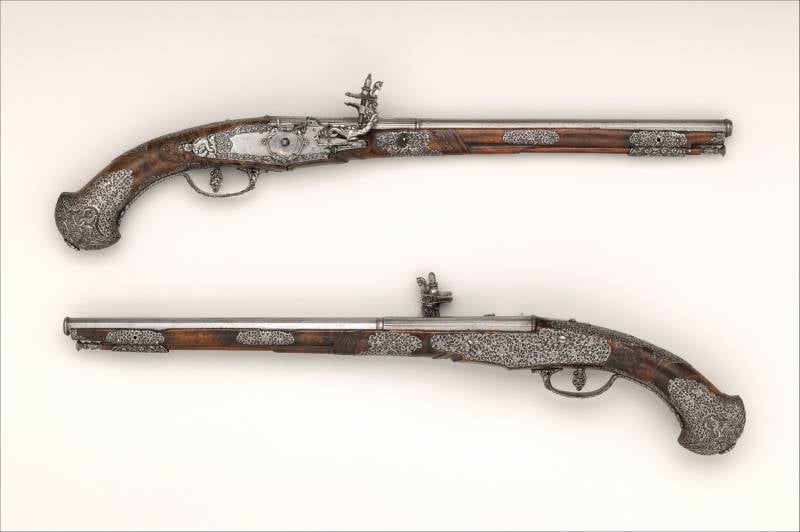
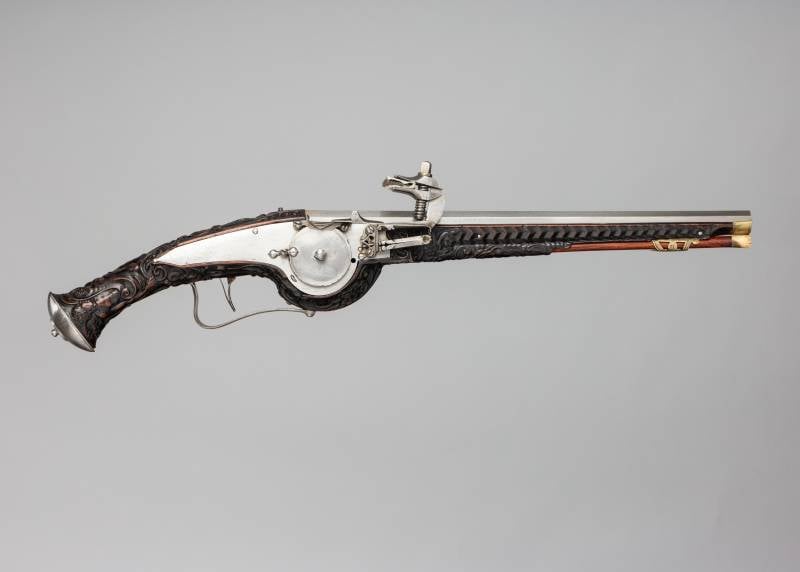
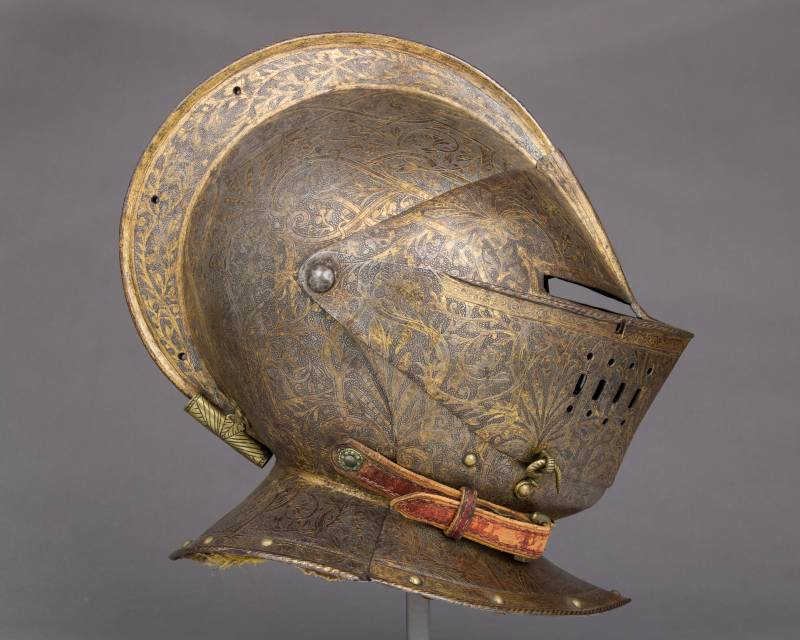
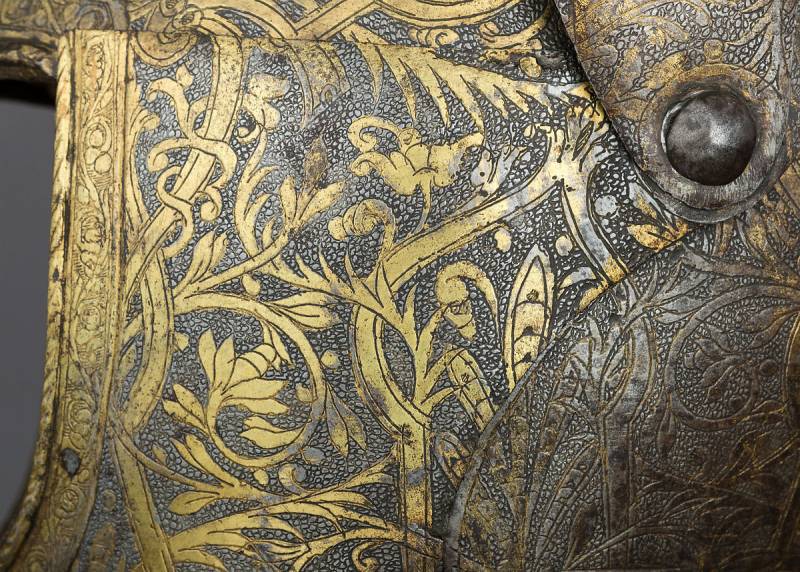
Information